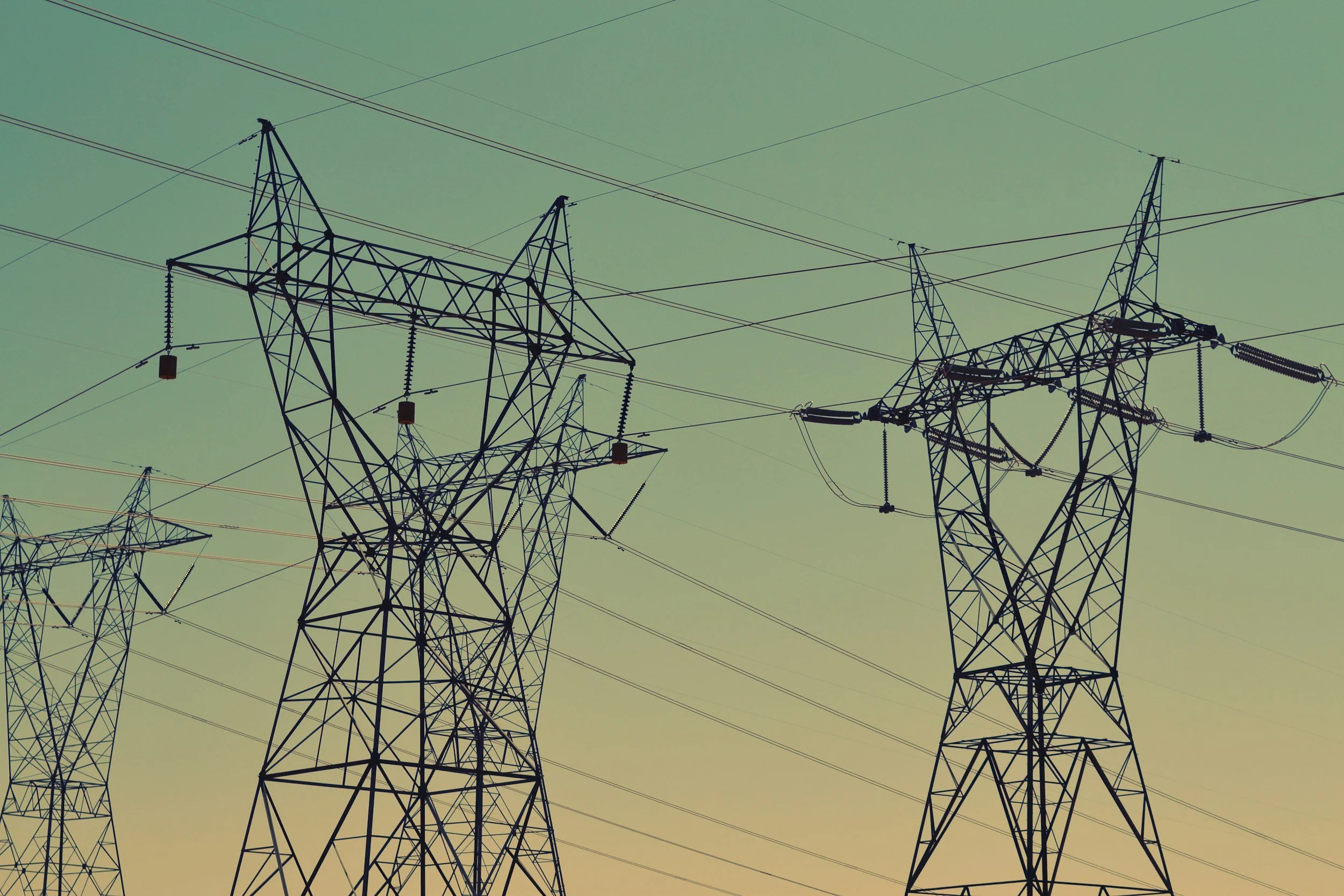
The Dirt on Power Line Construction and Soil Damage
Craig M. Vandervoort, Joseph M. Nixon, Jack Welsh
Anyone who farms knows that soil quality is important to crop health and good yields. Without a good layer of fertile topsoil, farmers find themselves fighting an uphill battle. This is especially true when the topsoil layer is more than just disturbed during construction: such as being compacted by the continual traffic of heavy machinery. When topsoil becomes compacted, it loses its structure: air, water, and nutrients can no longer permeate the soil, and beneficial microorganisms cannot live and move. The roots of the plants, which are already struggling to penetrate the tightly packed soil, are deprived of these essential components. Crops, and those who rely on them for their livelihood, suffer as a result.
People often associate soil damage concerns with pipeline construction. However, constructing an electric transmission line has its own set of dangers - especially when the construction involves installing towers on a property. Towers on high voltage lines can be up to two hundred feet tall. They require a very sturdy base, taking up a wide area around the towers and going up to sixty-five feet beneath the surface of the earth. This construction affects not only the area around towers and directly below lines, but also those areas where trucks, cranes, bulldozers, and drilling machines are driven and stored throughout the construction period. Although Ohio has strong standards for soil restoration when it comes to pipeline projects, the rules around soil restoration after power line construction can be less strict, depending on the landowner’s location.
When a landowner is approached by a power company that wants an easement for a transmission line, the landowner should make it a point to see what the proposed contract says about soil restoration. Lip service is not enough when soil degradation and compaction from construction could affect crop yields for years to come. The power company needs to clearly explain its plan for mitigating damage. This should include observable benchmarks for success and provisions for what happens if the power company cannot or will not meet those standards.
Negotiating terms like this in an easement contract can be difficult, especially when a landowner is working alone. Sitterley, Vandervoort & Nixon Ltd. recommends that landowners who could be affected by the construction of an electrical transmission line join a landowner’s group represented by experienced attorneys. When enough landowners push back against unfavorable contract terms, power companies start to listen. Contact our office to learn more or to schedule a site visit. We would love to meet you at your property to take a look at your land and have a discussion about how we can help with your particular needs.
Sitterley, Vandervoort & Nixon Ltd. offers this blog for general informational purposes only. The content of this blog is not intended as legal advice for any purpose, and you should not consider it as such advice or as a legal opinion on any matters. This blog does not necessarily reflect the views of the firm as to any particular matter or those of its clients. The information provided herein is subject to change without notice, and you may not rely upon any such information with regard to a particular matter or set of facts. Further, the use of the blog does not create, and is not intended to create, any attorney-client relationship between you and Sitterley, Vandervoort & Nixon Ltd. or any individual lawyer in the firm. No such relationship will be considered to have been formed until we have had an opportunity to resolve any conflict-of-interest issues and have advised you, in writing, of the nature and scope of the legal services to be provided. Unless we establish an attorney-client relationship with you with regard to the particular matter, we will not treat any information that you may send to us, or submit as a comment to a blog article or entry, as confidential or privileged, and any unsolicited communications may be disclosed to other persons without regard to confidentiality considerations. Use of the blog is at your own risk, and the site is provided without warranty of any kind. We make no warranties of any kind regarding the accuracy or completeness of any information on this blog, and we make no representations regarding whether such information is reliable, up-to-date, or applicable to any particular situation. Sitterley, Vandervoort & Nixon Ltd. expressly disclaims all liability for actions taken or not taken based on any or all of the contents of this blog, or for any damages resulting from your viewing and use of this blog.